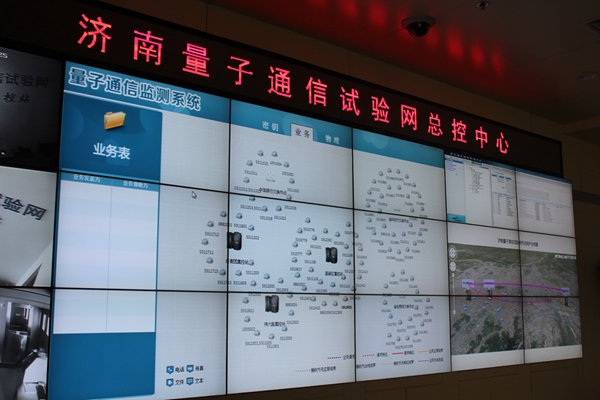China on Sunday completed a 60-day trial of mining gas hydrates, commonly known as combustible ice, in the South China Sea, marking breakthroughs in human’s search for alternative clean energy sources.
Started from May 10, the mining operation in waters near the Pearl River estuary has beaten previous expectations and set world records in both the length and total amount of extraction, according to the China Geological Survey Bureau.
The trial exploration produced over 300,000 cubic meters of gas – mainly methane, with an average daily extraction of more than 5,000 cubic meters of high purity gas, and a highest daily output of 35,000 cubic meters, said the bureau.
Meanwhile, 6.47 million sets of experimental data were recorded.
China declared its first success in collecting samples of combustible ice in the South China Sea on May 18, which usually exists in seabed or tundra areas with the strong pressure and low temperature necessary for its stability.
The substance can be ignited like solid ethanol, which is why it is called combustible or flammable ice.
One cubic meter of combustible ice, a kind of natural gas hydrate, is equal to 164 cubic meters of regular natural gas.
China Geological Survey Bureau’s deputy director Li Jinfa said combustible ice will play a vital part in China’s energy security and economic development.
“It is considered a strategic alternative to oil and natural gas in the future,” Li said. “Not just China, the world at large sets eyes on it.”
He said other countries like Japan had also begun mining combustible ice, but operations were suspended due to a significant amount of sand entering the production wells.
Chinese scientists this time invented a new technique to prevent sand from disrupting the exploration. Other adjustments were also made to ensure commercial explorations.
Environmental tests showed that there were no methane leaks. Neither did geological hazards occur.
China began research in combustible ice in 1998. The latest exploration showcased a number of breakthroughs.
“China is leading the world in combustible ice exploration, whether it is about theory, techniques, machinery, or engineering,” said Ye Jianliang, director of Guangzhou Marine Geological Bureau.
“The trial will have a big impact on the world’s energy sector,” he said.
Li said his bureau will double the efforts on research to prepare for combustible ice’s commercial production, with emphasis on ocean ecology protection and “green” exploitation of the new energy. Regulations on exploitation management and industrial policy are also being drawn up.
